Theoretical Paper
- Computer Organization
- Data Structure
- Digital Electronics
- Object Oriented Programming
- Discrete Mathematics
- Graph Theory
- Operating Systems
- Software Engineering
- Computer Graphics
- Database Management System
- Operation Research
- Computer Networking
- Image Processing
- Internet Technologies
- Micro Processor
- E-Commerce & ERP
Practical Paper
Industrial Training
IOT - Hardware & Software
IoT Hardware | IoT Software – A Complete Tour
1. Objective
In the last IoT tutorial, we had discussed Introduction to IoT. Today we will discuss IoT hardware and software and what is the IOT architecture made up of. Moreover, we will learn internet of things software and hardware devices that make use of IoT technology.
So, let us start with IoT Hardware | IoT Software.
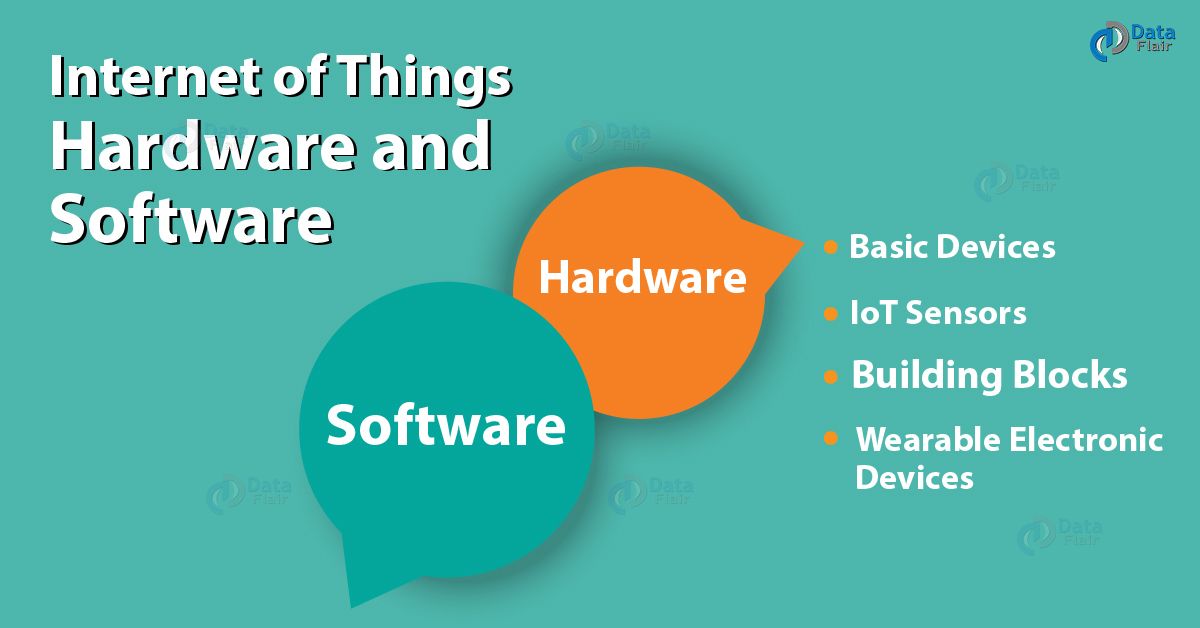
2. IoT Hardware
IoT Hardware includes a wide range of devices such as devices for routing, bridges, sensors etc. These IoT devices manage key tasks and functions such as system activation, security, action specifications, communication, and detection of support-specific goals and actions.
IoT Hardware components can vary from low-power boards; single-board processors like the Arduino Uno which are basically smaller boards that are plugged into mainboards to improve and increase its functionality by bringing out specific functions or features (such as GPS, light and heat sensors, or interactive displays). A programmer specifies a board’s input and output, then creates a circuit design to illustrate the interaction of these inputs and outputs.
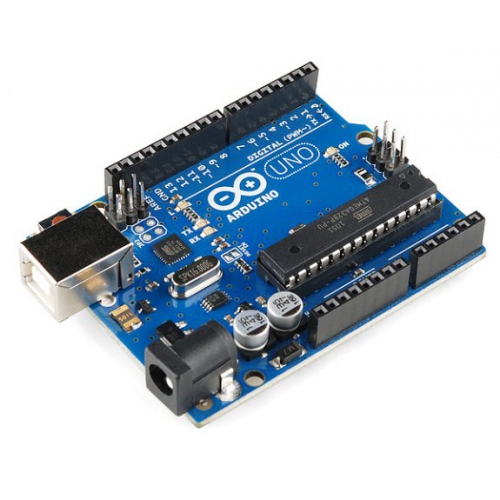
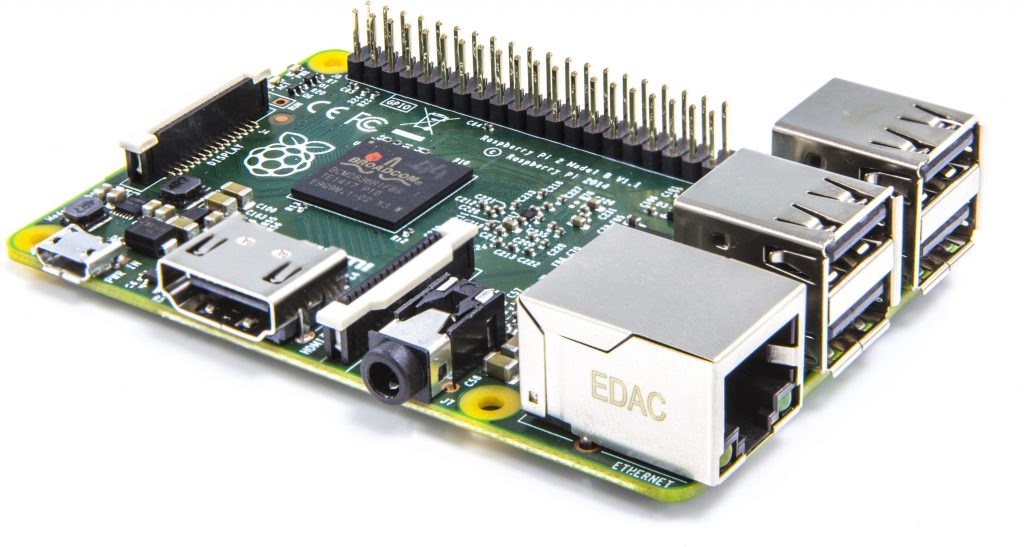
a. Building Blocks of IoT Hardware
Here, we will discuss some internet of Things Hardware:
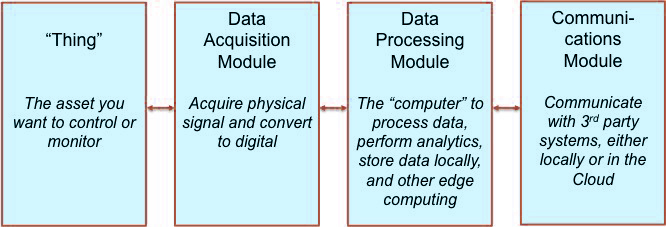
i. Thing
“Thing” in IOT is the asset that you want to control or monitor or measure, that is, observe closely. In many IoT products, the “thing” gets fully incorporated into a smart device. For example, think of products like a smart refrigerator or an automatic vehicle. These products control and monitor themselves.
There are sometimes many other applications where the thing stands as an alone device, and a separate product is connected to ensure it possesses smart capabilities.
ii. Data Acquisition Module
The data acquisition module focuses on acquiring physical signals from the thing which is being observed or monitored and converting them into digital signals that can be manipulated or interpreted by a computer.
This is the hardware component of an IOT system that contains all the sensors that help in acquiring real-world signals such as temperature, pressure, density, motion, light, vibration, etc. The type and number of sensors you need depend on your application.
This module also includes the necessary hardware to convert the incoming sensor signal into digital information for the computer to use it. This includes conditioning of incoming signal, removing noise, analog-to-digital conversion, interpretation, and scaling.
iii. Data Processing Module
The third building block of the IoT device is the data processing module. This is the actual “computer” and the main unit that processes the data performs operations such as local analytics, stores data locally, and performs some other computing operations.
iv. Communication Module
The last building block of IOT hardware is the communications module. This is the part that enables communications with your Cloud Platform, and with 3rd party systems either locally or in the Cloud.
b. IoT Sensors
The most important IoT hardware might be its sensors. These devices consist of a variety of modules such as energy modules, RF modules, power management modules, and sensing modules.
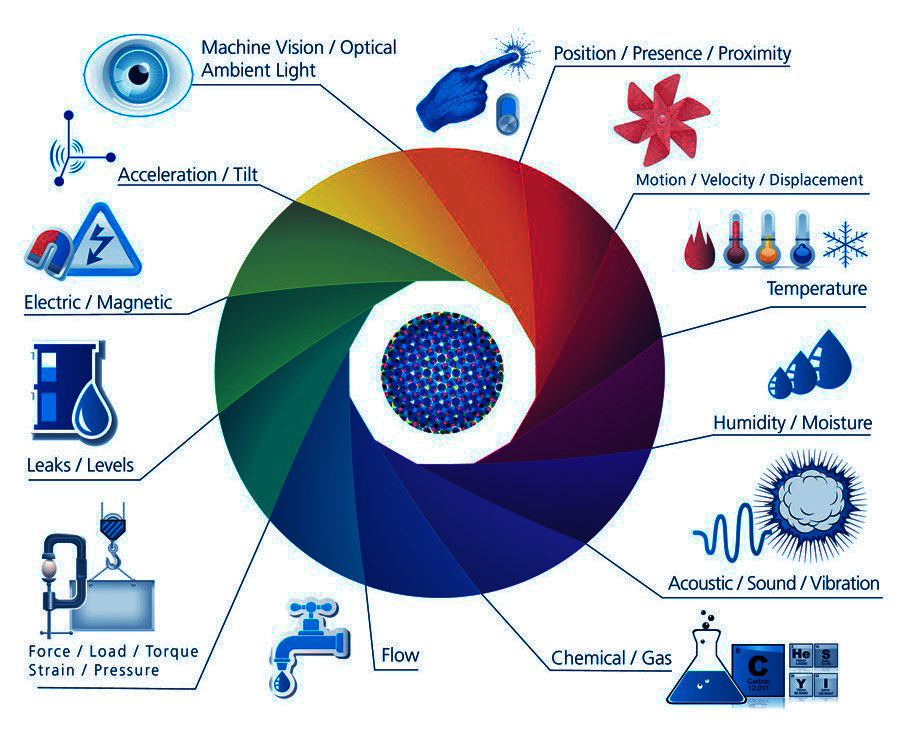
c. Wearable Electronic Devices
Wearable electronic devices are small devices that can be worn on the head, neck, arms, torso, and feet.

- Head − Helmets, glasses,
- Neck − Jewelry, collars
- Arm − Wristwatches, wristbands, rings
- Torso – Clothing pieces, backpacks
- Feet − Shoes, Socks
d. Basic Devices
The day to day devices that we use such as desktop, cellphones, and tablets remain integral parts of IoT system.
- The desktop provides the user with a very high level of control over the system and its settings.
- The tablet acts as a remote and provides access to the key features of the system.
- Cellphone allows remote functionality and some essential settings modification
Other key connected devices include standard network devices like routers and switches.
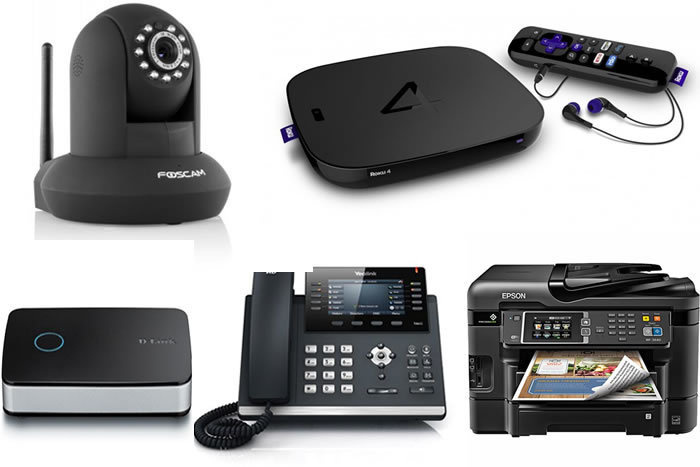
3. IoT Software
The software and the programming languages on which IoT works uses very common programming languages that programmers use and already know. So which language should be chosen?
Firstly, because embedded systems have less storage and processing power, their language needs are different. The most commonly used operating systems for such embedded systems are Linux or UNIX-like OSs like Ubuntu Core or Android.
IoT software encompasses a wide range of software and programming languages from general-purpose languages like C++ and Java to embedded-specific choices like Google’s Go language or Parasail.
Here’s a quick overview of each one of IoT Software-
- C & C++: The C programming language has its roots in embedded systems—it even got its start for programming telephone switches. It’s pretty ubiquitous, that is, it can be used almost everywhere and many programmers already know it. C++ is the object-oriented version of C, which is a language popular for both the Linux OS and Arduino embedded IoT software systems. These languages were basically written for the hardware systems which makes them so easy to use.
- Java: While C and C++ are hardware specific, the code in JAVA is more portable. It is more like a write once and read anywhere language, where you install libraries, invests time in writing codes once and you are good to go.
- Python: There has been a recent surge in the number of python users and has now become one of the “go-to” languages in Web development. Its use is slowly spreading to the embedded control and IoT world—specially the Raspberry Pi processor. Python is an interpreted language, which is, easy to read, quick to learn and quick to write. Also, it’s a powerhouse for serving data-heavy applications.
- B#: Unlike most of the languages mentioned so far, B# was specifically designed for embedded systems, it’s small and compact and has less memory size.
- Data Collection: It is used for data filtering, data security, sensing, and measurement. The protocols aid in decision making by sensing form real-time objects. It can work both ways by collecting data from devices or distributing data to devices. All the data transmits to a central server.
- Device Integration: This software ensures that devices bind and connect to networks facilitating information sharing. A stable cooperation and communication ensure between multiple devices.
- Real-Time Analytics: In this, the input from users serves as potential data for carrying out real-time analysis, making insights, suggesting recommendations to solve an organizations problems and improve its approach. This, as a result, allows automation and increased productivity.
- Real-Time Analytics: In this, the input from users serves as potential data for carrying out real-time analysis, making insights, suggesting recommendations to solve an organizations problems and improve its approach. This, as a result, allows automation and increased productivity.
- Application and Process Extension: These applications extend the reach of existing systems and software to allow a wider, more effective system. They integrate predefined devices for specific purposes such as allowing certain mobile devices or engineering instruments access. It supports improved productivity and more accurate data collection.
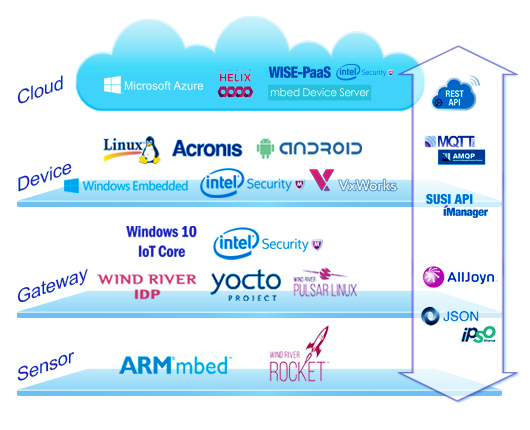
So, this was all about IoT Hardware Tutorial. Hope you like our explanation of IoT Software.
4. Conclusion
Hence, today we learned the complete concept of IoT Hardware and IoT software. We will be learning more about IOT in detail in the upcoming tutorials. So, stay tuned to learn more interesting things that you can do with this technology.

